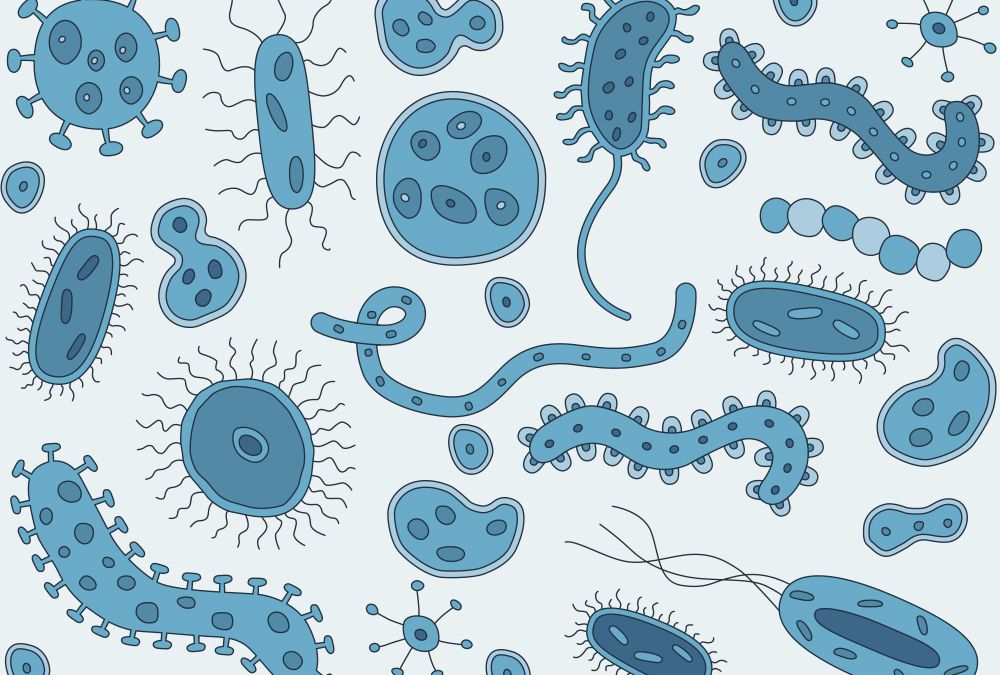If you’ve developed a healthcare associated infection, or you’re concerned about the potential risk to yourself or a family member after admission to a healthcare setting, we know how important it is to have the full facts based on reputable data. That’s why, in this guide, we’ll be bringing you all the facts on healthcare associated infections, and discussing some of the major problems with the most commonly cited statistics.
What Are Healthcare Associated Infections?
HAIs are infections that occur in patients receiving medical treatment for other conditions. These infections can be caused by bacteria, viruses, fungi or other microorganisms, and common infections include pneumonia, surgical site infections and bloodstream infections – which can be incredibly serious for unfortunate patients. HAIs can occur in any healthcare setting including hospitals, clinics and long-term care facilities, so the responsible management of sterilization practices is vital.
HAIs can have serious consequences: they can lead to prolonged hospitalization, increased morbidity and even fatalities. They can also contribute to the development of antimicrobial resistance, which is a growing global health threat. However, when it comes to understanding the numbers around HAIs, there is still a lot of confusion.
So, What’s The Issue When It Comes To The Facts?
Every day, at least 1 in 31 patients across the US has at least one healthcare associated infection, and yet when it comes to understanding the true severity of the risk, the data is slim. In fact, recent data on HAI deaths is almost non-existent.
Ask a search engine for the mortality rate of HAIs each year, and you’ll find a very specific number: 99,000 deaths from an estimated 1.7 million yearly infections. However, there’s a big problem with this data – it’s from 2002.
While the 2002 data does give us an insight into the devastating nature of HAIs in healthcare settings, the highly frequent use of this number across the web is damaging to the progressive work that has been done in the space; or at least the work that had been done prior to the Covid-19 pandemic. While the Centre for Disease Control and Prevention, the CDC, doesn’t release annual figures for the total number of HAI deaths, it did release statistics in 2015 that reflect the progress made in healthcare infection control since the last official mortality stats release 13 years earlier. That study found that around 72,000 hospital patients with HAIs died during their hospitalizations in 2015.
Had global and national healthcare systems not been derailed by the Covid-19 pandemic that spread around the world in early 2020, it’s fair to say that this work to combat HAIs could have continued to progress and mortality rates may have been further reduced. Unfortunately, however, the impact of the coronavirus disease was high, with researchers discovering that compared to 2019 rates, US hospitals saw a significant increase in HAIs in 2020. While these studies do not give official mortality figures, they do suggest that based on average HAI mortality rates, it’s likely that the 2020 figure would have exceeded the 2015 death rate by a large number. Does this mean that the US is back to 2002 levels? Possibly. Could it be even higher?
How We’re Helping To Fight Rising HAI Deaths
No matter the number of HAI fatalities every year, at SterileAware we believe that even one death from a preventable infection is too many. We also need to consider that HAI reporting may in fact be extremely lower than current numbers. HAIs can be transmitted through multiple routes, including contact with contaminated surfaces or medical equipment, exposure to bodily fluids, and transmission from healthcare workers who are themselves infected. As part of our corporate partnership with Van der Stähl Scientific, we work tirelessly to develop new medical device packaging solutions that have been designed to tackle the spread of infections, especially as the global population continues to rise and put pressure on healthcare organizations. On top of this, we are driving forward a public communications campaign to help raise awareness of how dangerous cross-contamination and sterility loss can be at healthcare facilities each and every day. We hope that one day, nobody will have to face a devastating infection as a result of seeking unrelated medical care.




0 Comments